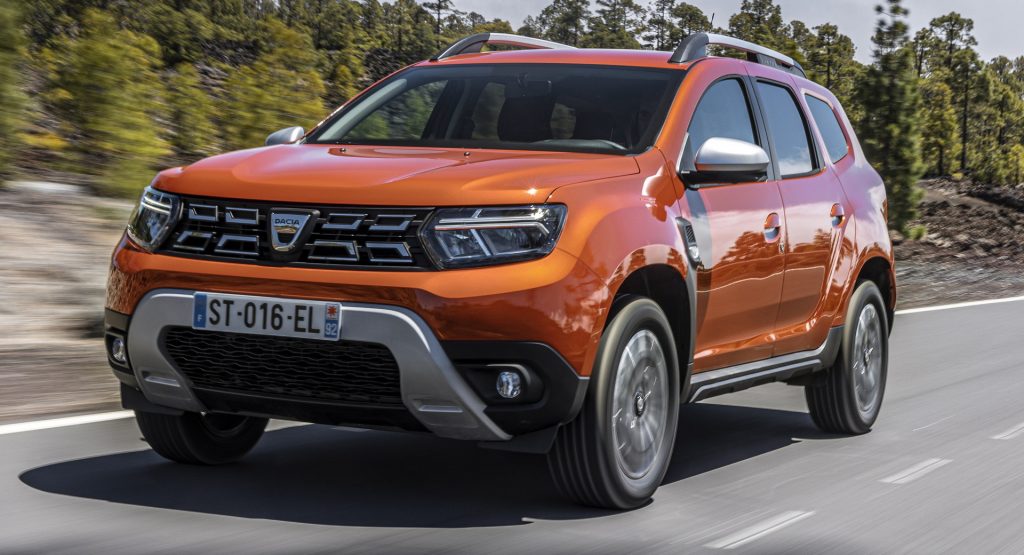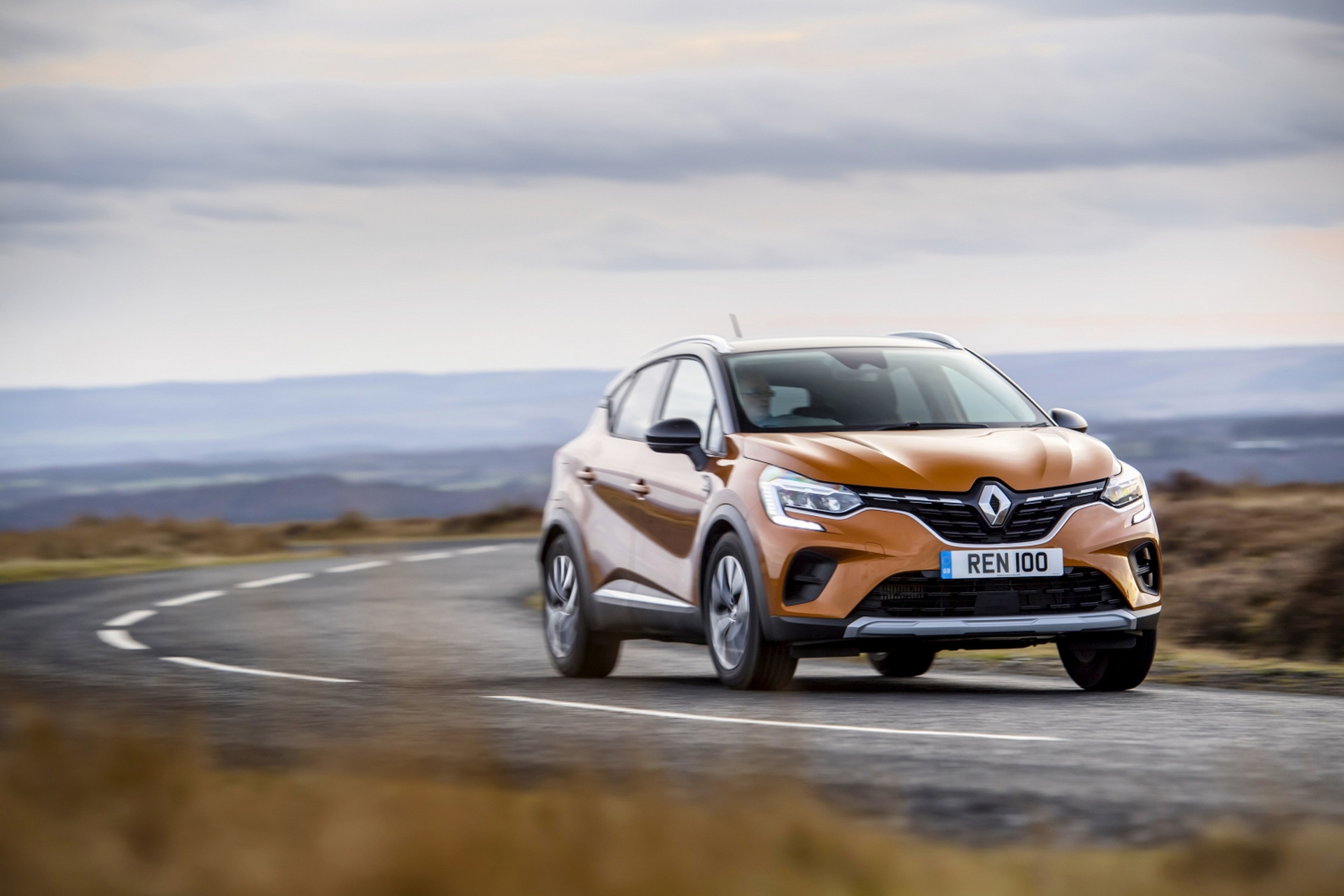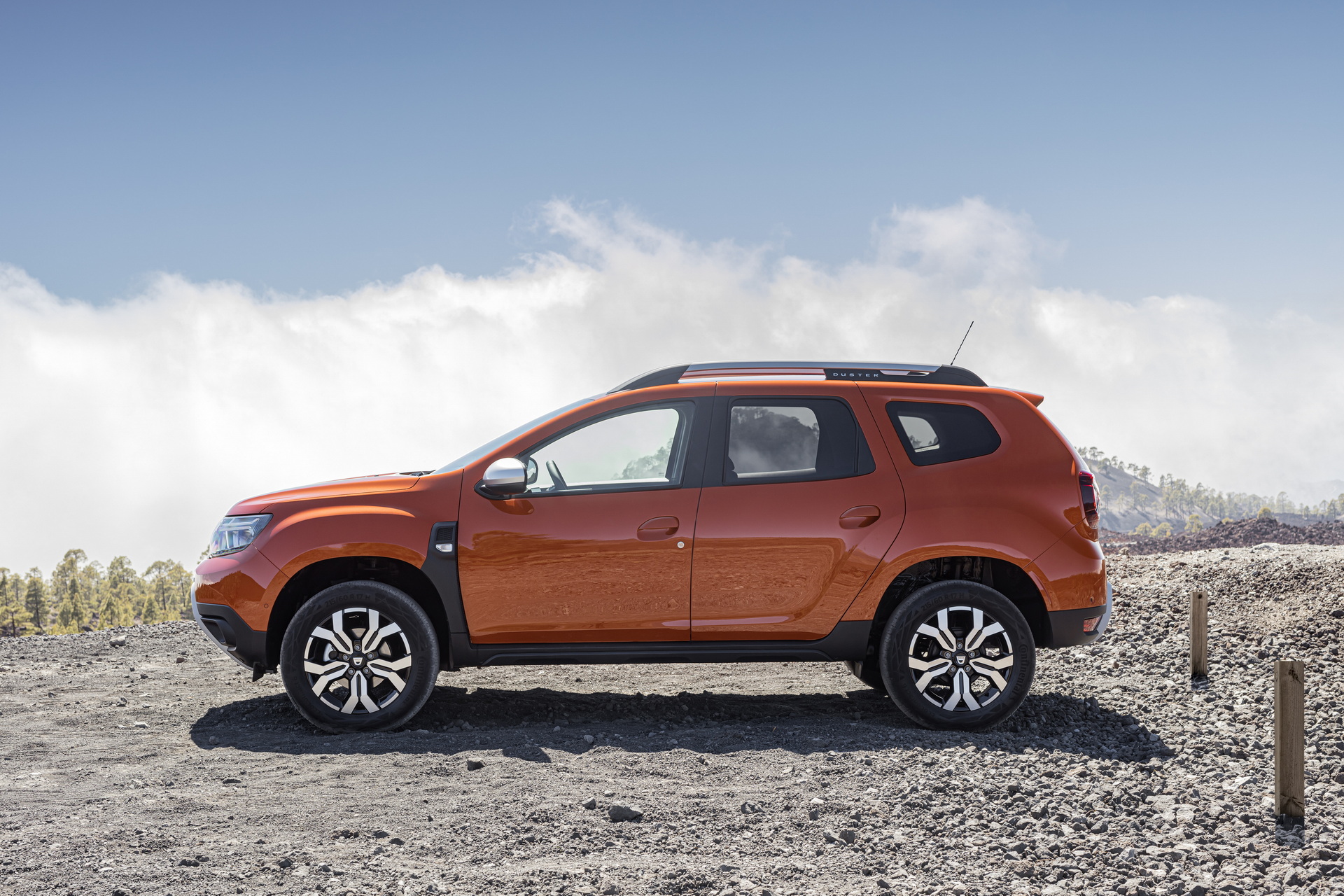Renault’s value brand, Dacia, is more focused on keeping prices low than it is on moving towards electrified drivetrains. That means it won’t introduce hybrid and electric vehicles until it absolutely has to.
“The question is not technical, we can put that technology on our cars, we have this [hybrid] technology on the [Renault] Clio and the [Renault] Captur, we can put them on the Jogger or Sandero tomorrow,” Xavier Martinet, Dacia’s head of sales and marketing, told AutoExpress.
It’s more of a question of economics, he says. Dacia’s business model involves offering value-oriented vehicles at the lowest cost possible. For instance, the Duster starts at £13,995 ($19,376 USD) in the U.K. Its platform-mate, the Renault Captur, starts at £19,300 ($26,721 USD), while the plug-in hybrid E-Tech Captur costs more than twice as much as the Duster at £31,495 ($43,605 USD).
Read Also: Dacia Sandero Beats VW Golf To Become Europe’s Best Seller In July
“I don’t think our customers are actually asking for a specific technology – maybe it’s different to electric for part of the population, but otherwise, if you look at the masses, people aren’t really asking for a specific technology,” said Martinet. “They want a car that fills their needs and allows them to go wherever they want to go at the right price.”
However, European regulation could soon require the car to feature at least some degree of electrification. Meanwhile, regulators are getting better about aiming tax incentives for lower-priced vehicles and several automakers are working to bring down the price of battery technology.
Dacia “will go electrified when we have to and go electric when we have to,” Martinet said. “We’ll have it in our cars when we need to for customers to enter a city center and not have to pay a penalty, but it’s really a question of economics.”






